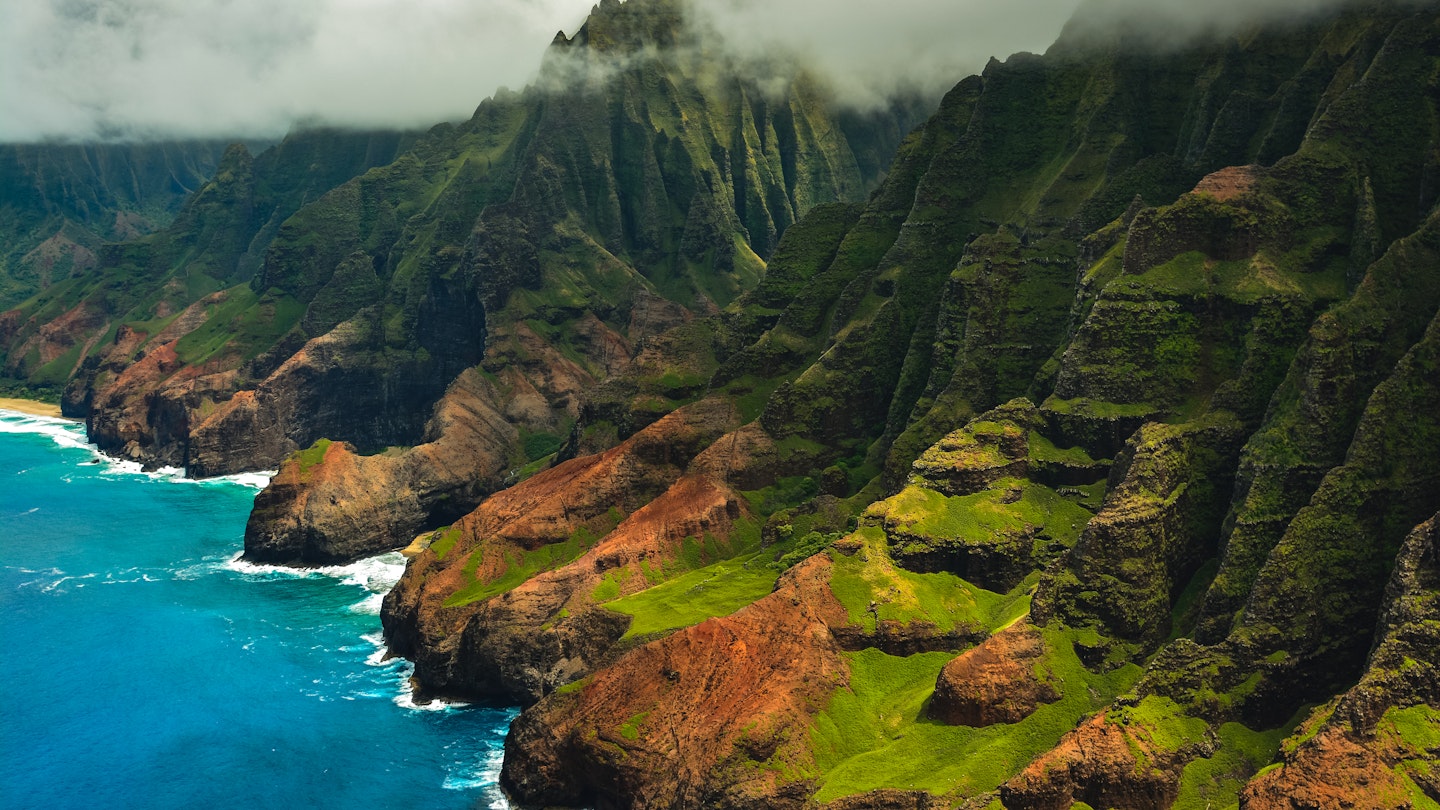Hawaii’s Path to Sustainable Tourism Recovery
With the world currently focused on recovering from the effects of COVID-19, many people are dreaming of when travel will again become a viable reality. Various destinations that attract numerous visitors throughout the year are using this opportunity to regroup and implement plans that are beneficial and safe for the future; one such example is Hawaii.
The Aloha State’s response to the spread of coronavirus is among the firmest in the US. Consequently, Hawaii’s numbers have remained low compared to other destinations. Given that tourism serves as a major source of economic stability for the state, discussions are ongoing about how Hawaii can safely and responsibly welcome tourists back in the future.

According to Kalani Kaanaana, Director of Hawaiian Cultural Affairs for the Hawaii Tourism Authority, “As we begin to develop recovery plans, the industry must create ‘world-class’ safety protocols that are supported by research and endorsed by health experts. From the moment travelers board their plane to the islands until they board their returning flight, both residents and visitors need to feel confident that the airlines, airports, hotels, transportation, restaurants, activities, and attractions consistently provide protection from COVID-19. These protocols must be part of our brand promise.”
Moreover, Kaanaana emphasized that the mission of the Hawaii Tourism Authority involves strategically managing tourism in a manner that is sustainable, aligning with economic goals, cultural values, the preservation of natural resources, community desires, and the needs of the visitor industry.

Tourist-heavy destinations often describe large numbers of visitors as both a blessing and a curse. The tourism sector provides economic security and job stability; however, it can significantly impact sustainability, the environment, and housing. The Hawaii Tourism Authority has a plan in place that outlines their vision for a sustainable future, considering factors such as culture, community, and natural resources.
This plan signifies a recommitment to the mission of the Hawaii Tourism Authority and emphasizes addressing the impacts of tourism. Such a shift is crucial, recognizing the need for tourism to deliver both a high-quality visitor experience and an enhanced quality of life for residents—a necessary combination for long-term success.




